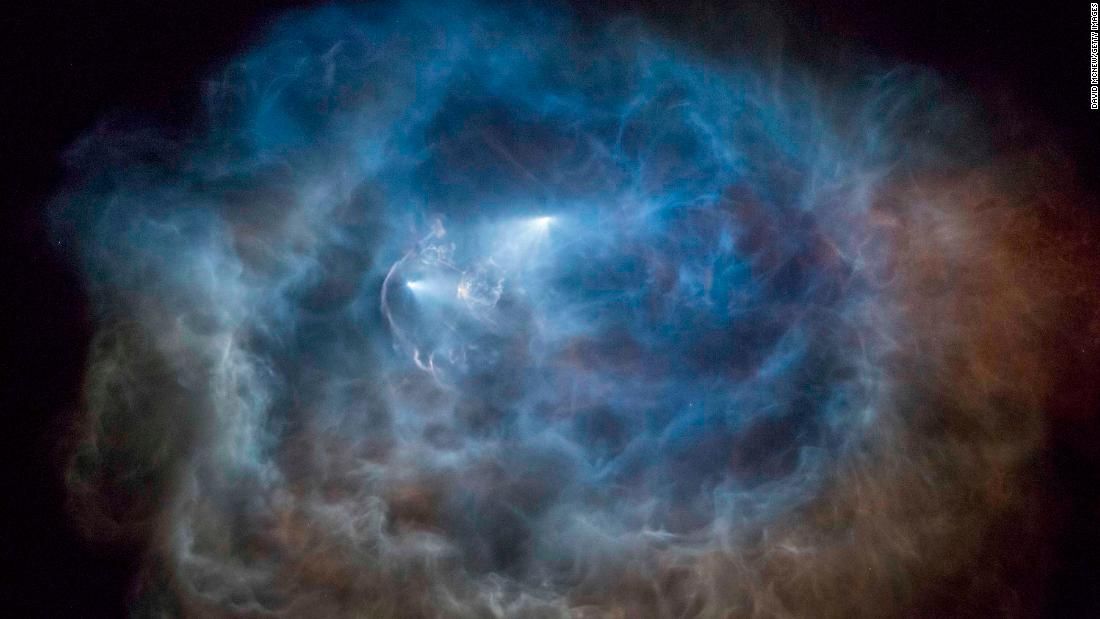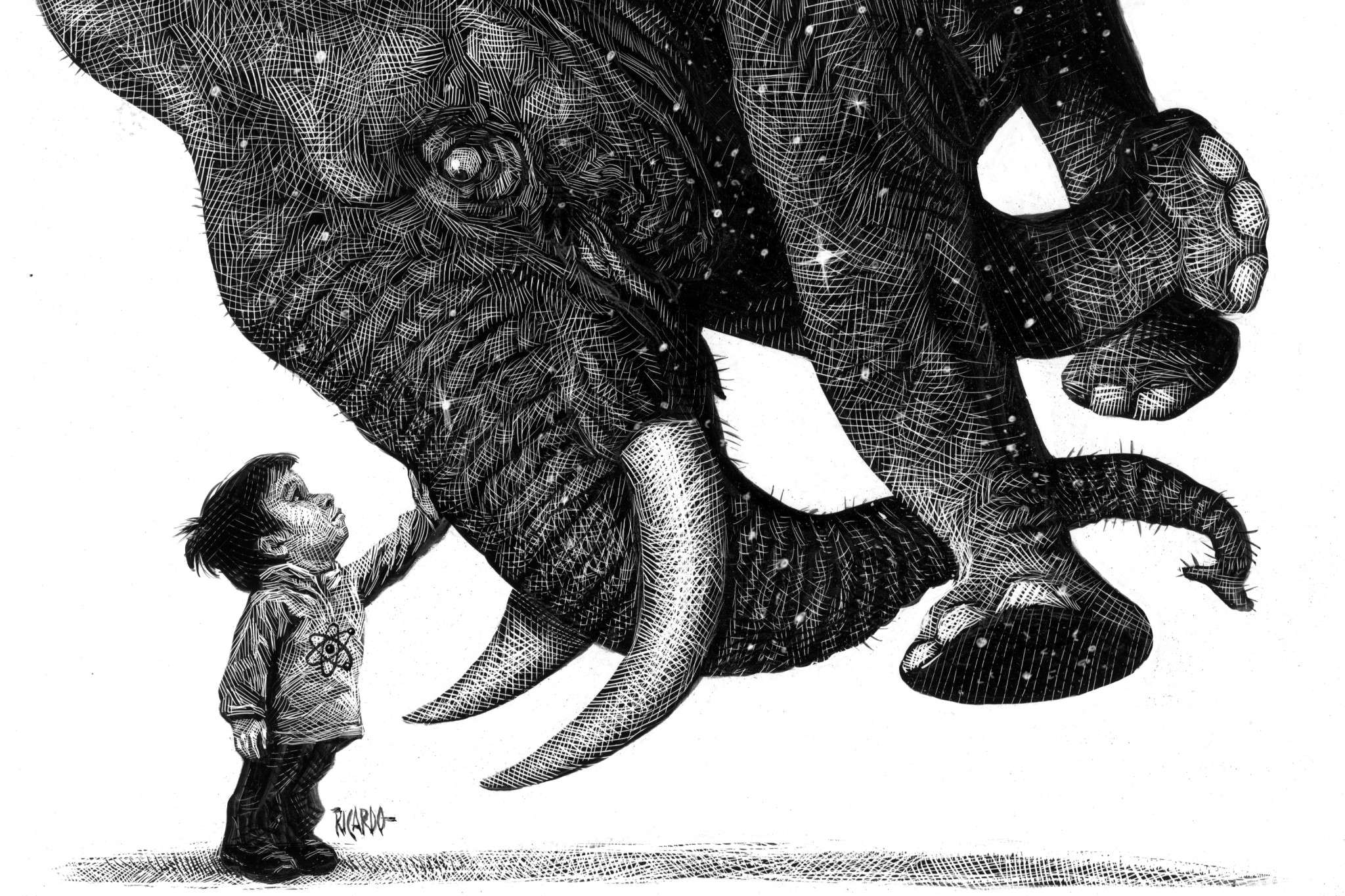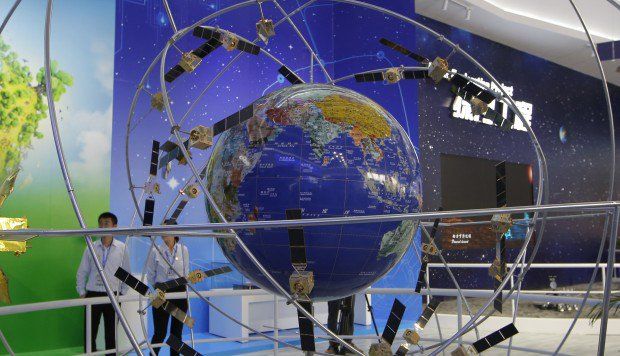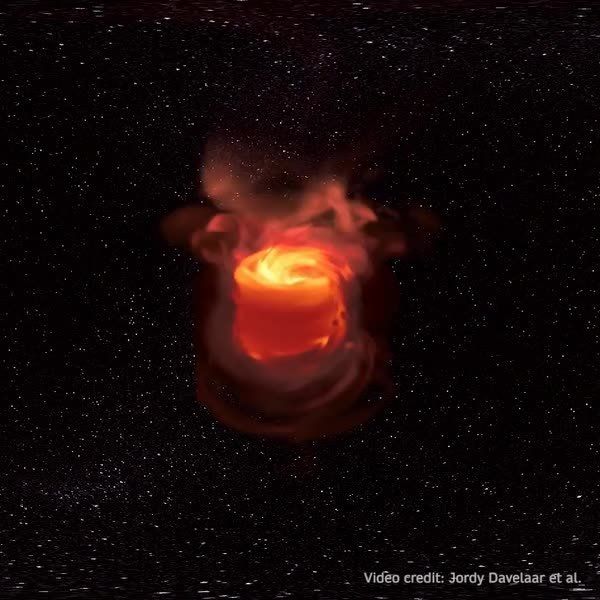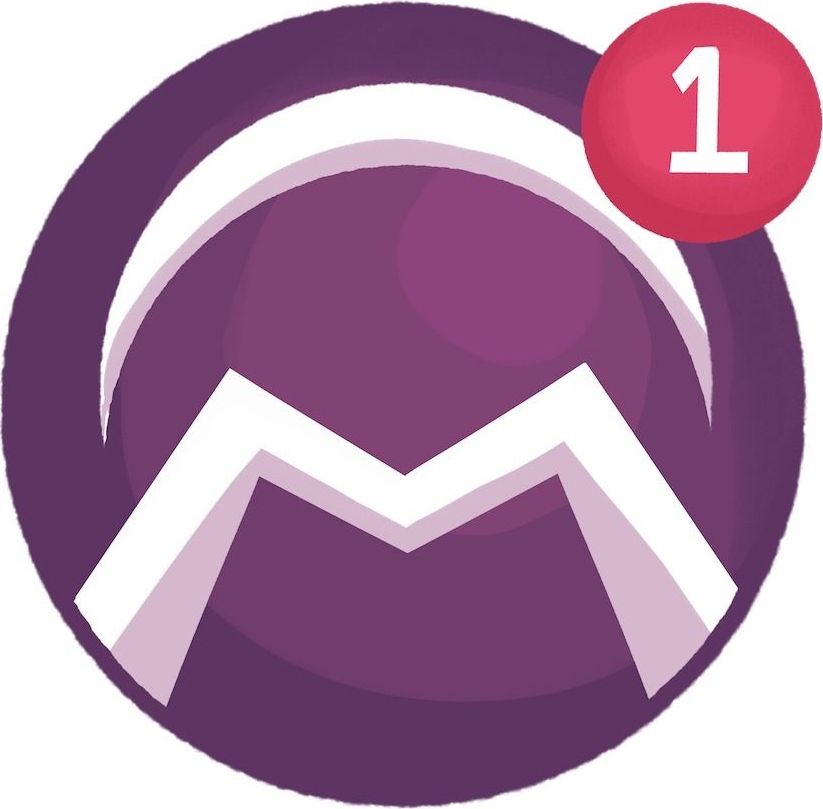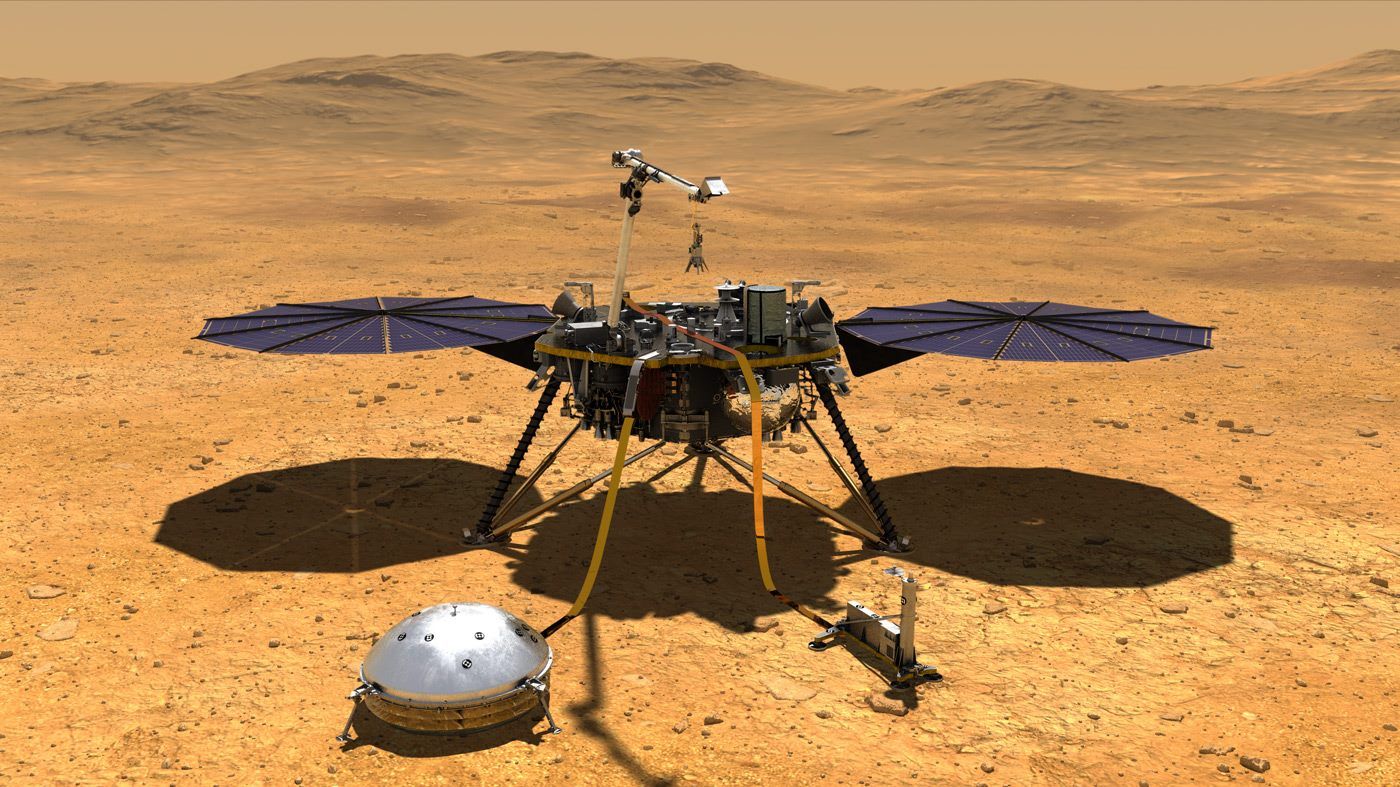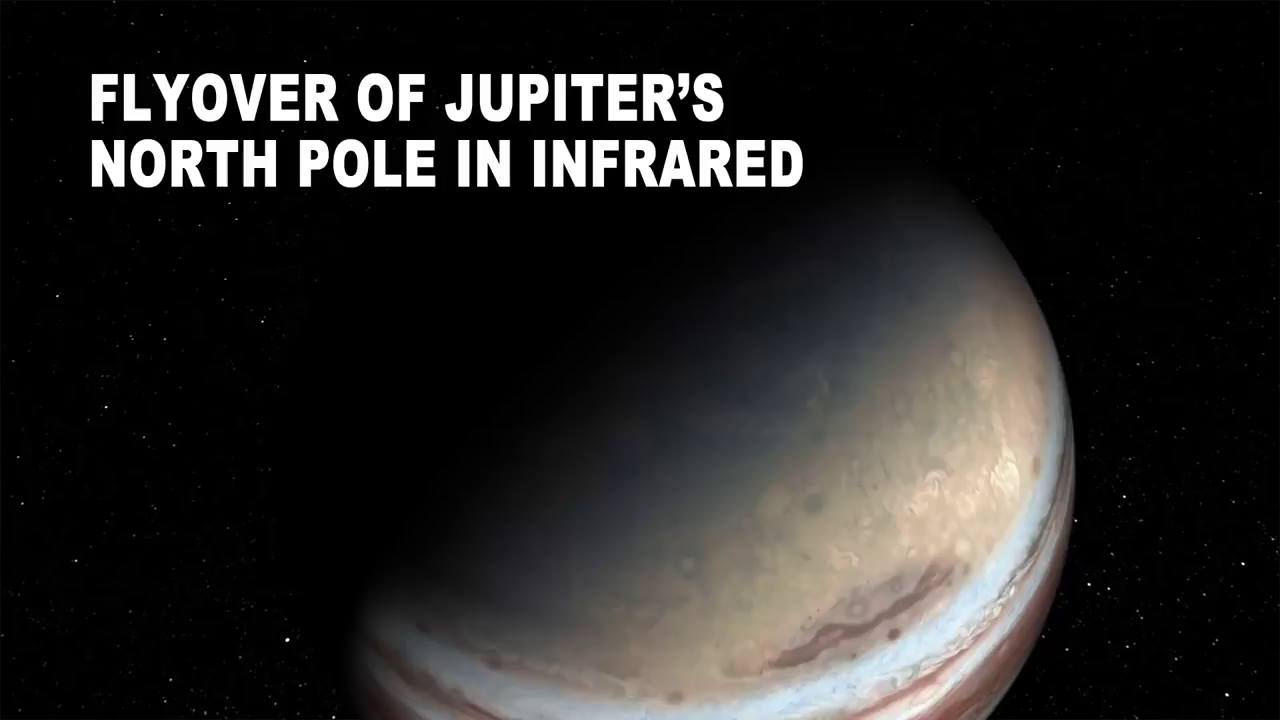Our orbiting laboratory is a unique place – a convergence of science, technology and human innovation that demonstrates new technologies and makes research breakthroughs not possible on Earth. Unpack its architecture here: https://go.nasa.gov/2FzkBtf #SpaceStation20th
According to a recent paper, the Earth is caught directly in the crosshairs of a cosmic hurricane. A swarm of nearly 100 stars, accompanied by an even greater amount of dark matter, is aimed directly at our stellar neighborhood and there’s nothing we can do to stop it; in fact, the vanguard is already upon us. This sounds like a perfect summer blockbuster movie, starring The Rock and Chris Pratt, or maybe Scarlett Johansson and Charlize Theron.
China moved a step closer to its dream of building a satellite navigation system that could challenge America’s GPS.
Aerospace firm plans a giant leap for Chinese satellite coverage with global network
Yang Changfeng, the chief designer of the system, said a basic Beidou-3 network would be in place by the end of the year to serve countries that have signed up for China’s Belt and Road Initiative – an ambitious transcontinental infrastructure initiative.
“This is a key step for Beidou to develop from a domestic experimental system to a regional and then a global navigation system,” said Yang Changfeng.
Click on photo to start video.
Researchers have created a virtual reality simulation of a supermassive black hole. In a recent paper in “Computational Astrophysics and Cosmology” they present their latest visualization. The simulation is based on the black hole in the center of our own Galaxy; Sagittarius A* (Sgr A•. Read this SpringerOpen blog to learn more. https://bit.ly/2S2Xh8p
Can you craft a message to be understood by aliens?
The main goal of this activity is to educate the youth on Radio Astronomy techniques and Exoplanetary cutting-edge science, presenting the uniqueness of the Arecibo Observatory capability and raising the awareness of the possible risks involved on messaging unknown earthlings (through social medias) or extraterrestrial civilizations (through radio waves).
Diverse, inter-generation, multi-disciplinary and international teams of 10 students + 1 mentor (professor/scientist/teacher) will have to design the NEW Arecibo message. To unlock the call, register the teams and access the references and specifications for the project, the students will have first to learn about scientific method, AO activities, space sciences and peaceful uses of space issues for, then, be able to break coded messages, solve brain-puzzles and design their new Arecibo Message version.
Our NASA InSight lander just needs some peace and quiet to get its work done. After next week’s #MarsLanding, the spacecraft will study the entire Red Planet by… staying put. Learn how: https://go.nasa.gov/2FwIth3
Click on photo to start video.
This infrared tour of Jupiter’s north pole allows us to see deep inside the swirling clouds of the cyclones and anticyclones that permeate the planet’s polar regions. In the animation that uses data from our Juno spacecraft, the yellow areas are warmer (or deeper into Jupiter’s atmosphere) and the dark areas are colder (or higher up in Jupiter’s atmosphere). Take the virtual tour: https://go.nasa.gov/2Fwf7zm
Is it a bird? A plane? No — it’s a galaxy. Take a closer look: https://go.nasa.gov/2FypUZL

